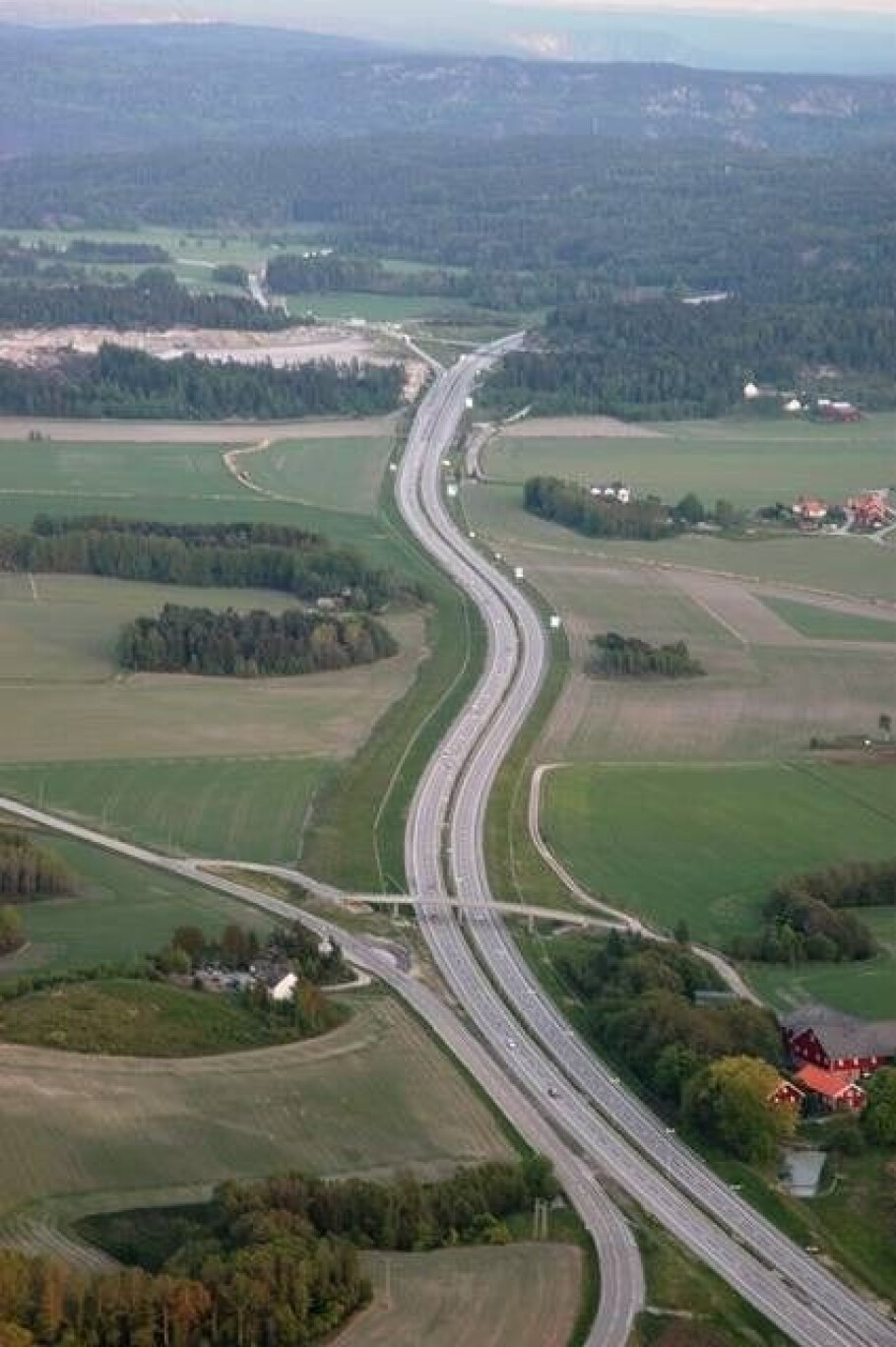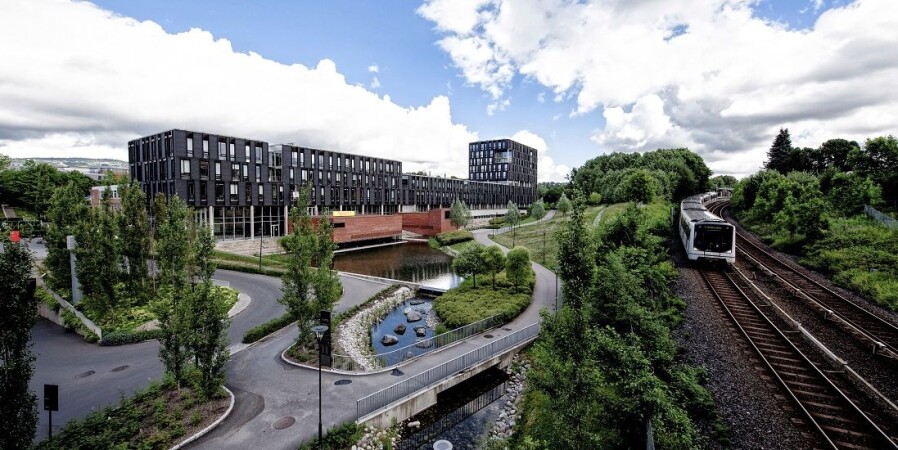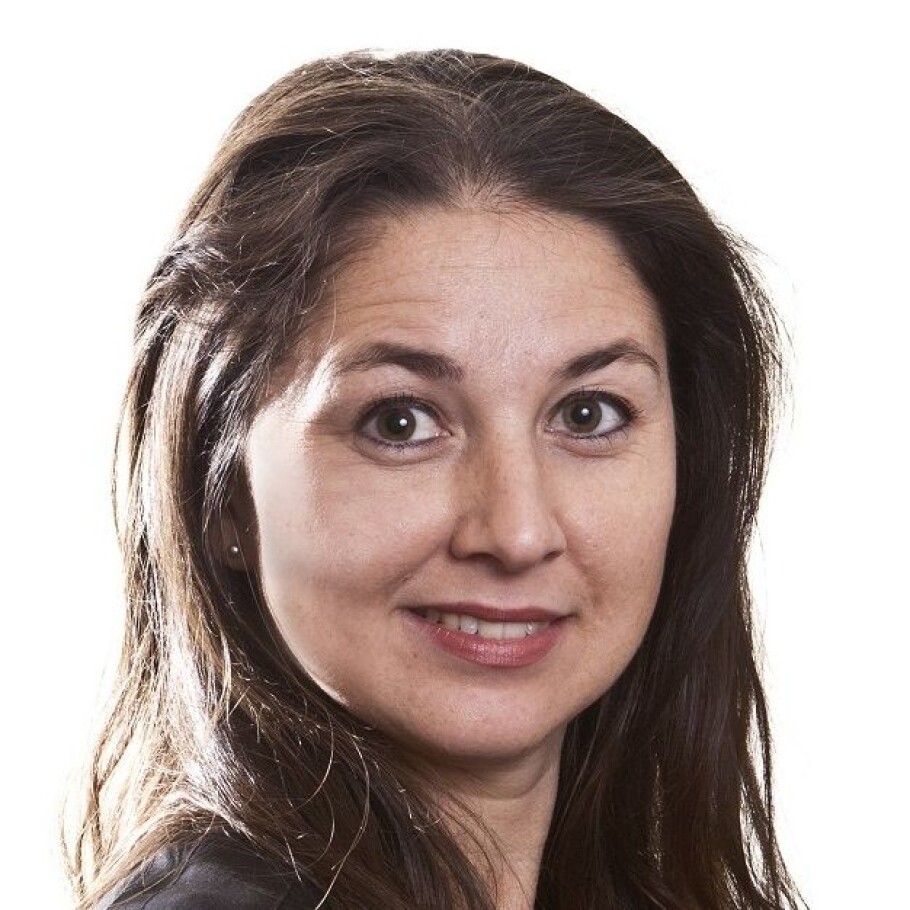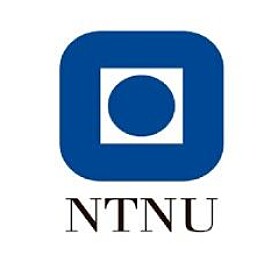This article is produced and financed by NTNU Norwegian University of Science and Technology - read more

The Norwegian government is a smarter investor than many people think
From the press coverage, you might expect only wasted time and projects that exceed their budgets when the government invests in roads, buildings and other large undertakings. But the government — in Norway, anyway — doesn’t do a bad job after all.
“It turns out that large government projects are much better than their reputation,” says Morten Welde, a senior researcher at NTNU Concept. Welde and his colleagues are conducting research on the largest government projects in Norway.
When the state plans to undertake a major building project or purchase, it often raises a lot of criticism in the media about it being too expensive or time-consuming. But in reality, large budget overruns tend to be more the exception than the rule.
Research manager Gro Holst Volden notes that 70 to 80 per cent of the projects stay within the budget limits adopted by the Norwegian Parliament.
Volden recently completed her doctorate at NTNU with a dissertation on government investments. Her trial lecture explained why the government takes on large projects at all, to what extent they are successful and why so many people believe that things always go wrong.

A lot of people and money involved

Some people are probably sceptical no matter what, because when things go wrong with government projects, you’re often talking big money and a lot of time.
The main rule of thumb is that as soon as an investment is expected to cost more than about €100 million, it must be quality assured by external consultants, with myriad requirements for method and quality. Projects can range from a relatively easily built section of highway to big investments like new fighter jets to the tune of €10 billion.
Around 30 per cent of all work in Norway is linked to projects, and the percentage is growing.
Whether things are going well or badly, it can be helpful to understand how you could have done something better. Putting research funding towards project investigations can quickly become a good investment.
Evaluating projects to learn from them
“We’re not evaluating projects afterwards just to find out who made what decisions and who was responsible for what. We also do it to learn from each project,” says Volden.
The evaluation could address organizational measures, meeting places for those involved or different ways of working together to save time and money without compromising quality.
The Norwegian Ministry of Finance finances these investigations to the tune of €1,1 to 1,2 million a year, but NTNU Concept is an independent research programme with a mission to improve the quality and value for the money spent on large state investments. The NTNU Concept team follows the major projects closely, both as they’re happening and when they are completed.
Big, long-term goals
When the government decides to invest heavily, it is often in overarching areas such as infrastructure, health, education and the country’s security.
The investments are meant to ensure that people have access to what they need in the way of transport, energy and other factors needed to keep the economy running. An investment can provide jobs and opportunities for companies. Occasionally, projects may be taken on purely for their prestige value as well.
“A number of studies have shown that quality in the early phase can be decisive for whether or not a project is successful. But at the same time, extensive investigations can create expectations and lock in decisions to implement something, even though the investigations eventually show that the project will be much more expensive or less beneficial than initially projected,” says Welde.
NTNU Concept researches projects from the very first proposal until the results are delivered.

Media exaggerates bad news
At the beginning of a project, it may be more or less impossible to know how expensive a road will be. Some cost estimate might be thrown out, loosely based on a road that was built elsewhere. But the proposed road may well be different. Landslide safety, an extra tunnel, other ground conditions, archaeological finds and many other factors come into play.
Many good reasons exist as to why initial cost estimates turn out to be wrong.
If the media gets hung up on the first estimates, the project status may look bad.
“The media often focus on short-term goals and negative news,” says Volden.

The success stories tend to garner far less mention or attention. Nevertheless, only about one out of three people are sceptical of the national authorities in Norway. This rate is much better than the average in other OECD countries, where over half the population are sceptical.
What counts as success?
Deciding whether a project is a success is no simple matter either. The time spent, costs and quality can often conflict with each other – for example, maybe it was okay to do something properly, even though it turned out to be more expensive and took longer.
It can be difficult to see the value of something, too. The Oslo Opera House, for example, cost upwards of €500 million just to build, but it is good advertising for Norway and gave a boost to much of the capital city.
Are defence materials that are never used in battle wasted money, or was it that very investment that enabled you not to have to fight?
External staff used

The programme manager for NTNU Concept is Knut Samset. He was a key figure when Concept came into being just after the turn of the millennium. The group itself consists of only five employees, but together they are responsible for up to 20-30 studies a year. Naturally this means that they cannot investigate everything themselves.
“We use the best experts in different fields,” says research director Volden.
Some of them come from other parts of NTNU or the university’s close partner SINTEF, and others come from completely different institutions.
Unusual in other countries
Since the turn of the millennium, more than 70 per cent of Norway’s major projects have been completed at a cost lower than the budget limit adopted by Parliament. This has resulted in big savings for the country.
But this situation applies to Norway. In other countries the results aren’t as good. Comparing between countries however, is challenging since planning and decision-making processes can vary considerably.
In fact, quality assurance prior to investment decisions is relatively uncommon, and post-project evaluations are even rarer. In addition to Norway, only the UK and a few other countries are doing something similar, even when things go awry.
A typical refrain by some is that when the patient is already dead, there is little reason to find out why. But that means they won’t know how to take care of the next patient to avoid the same thing happening again.
———
Read the Norwegian version of this article at forskning.no


































